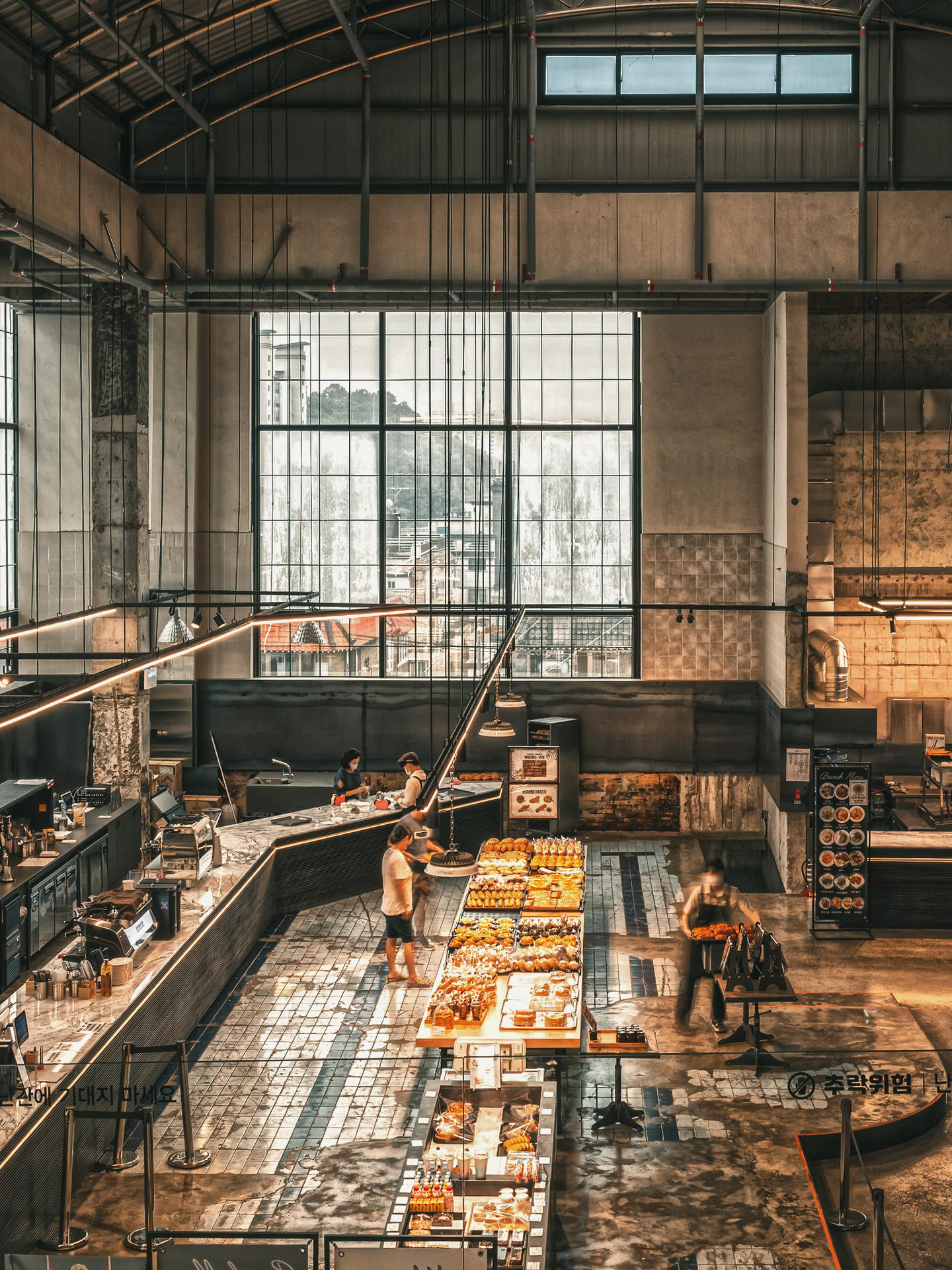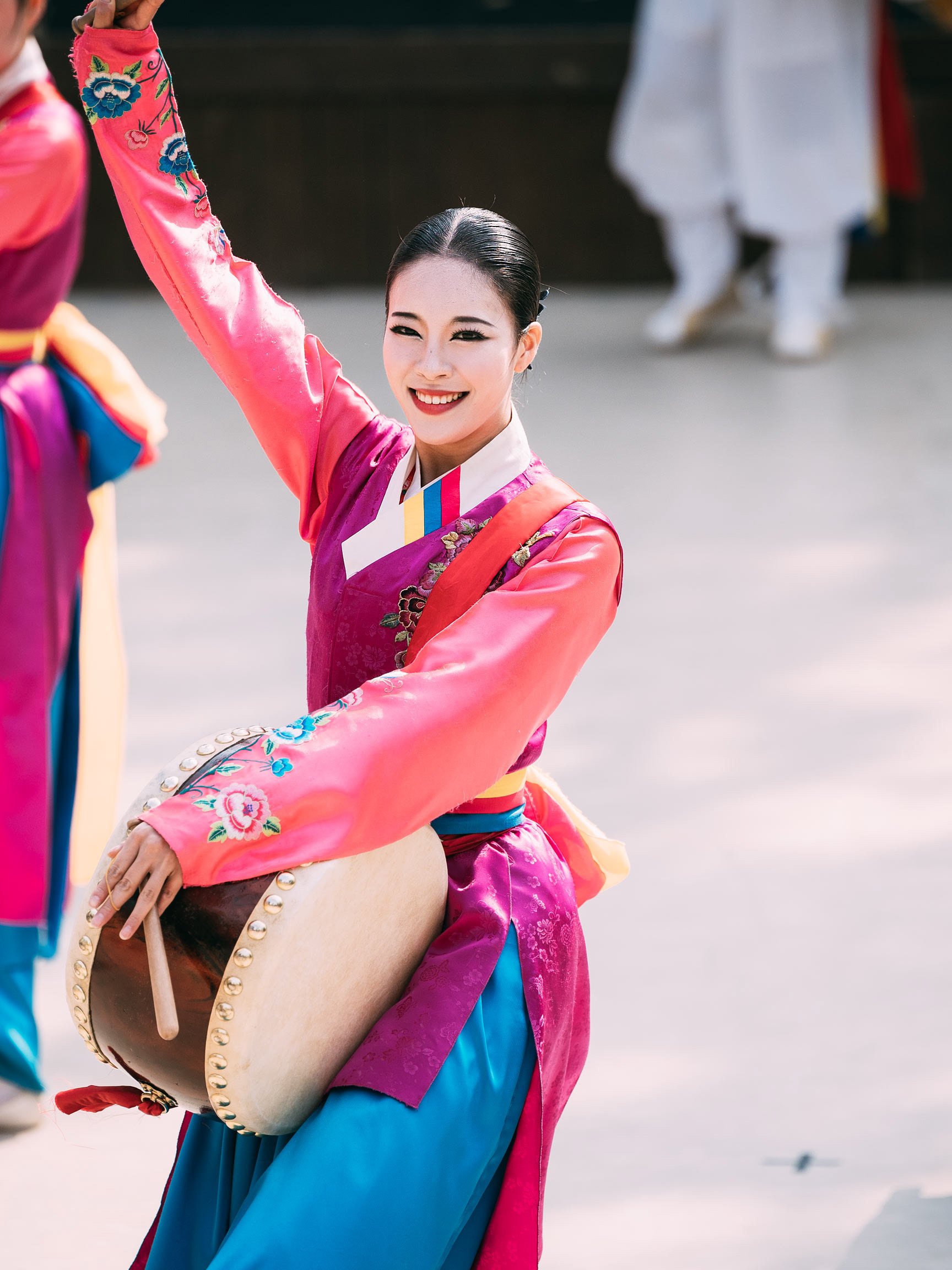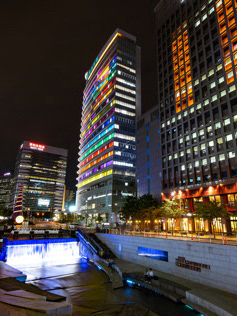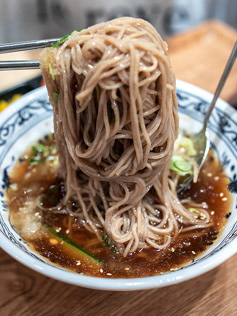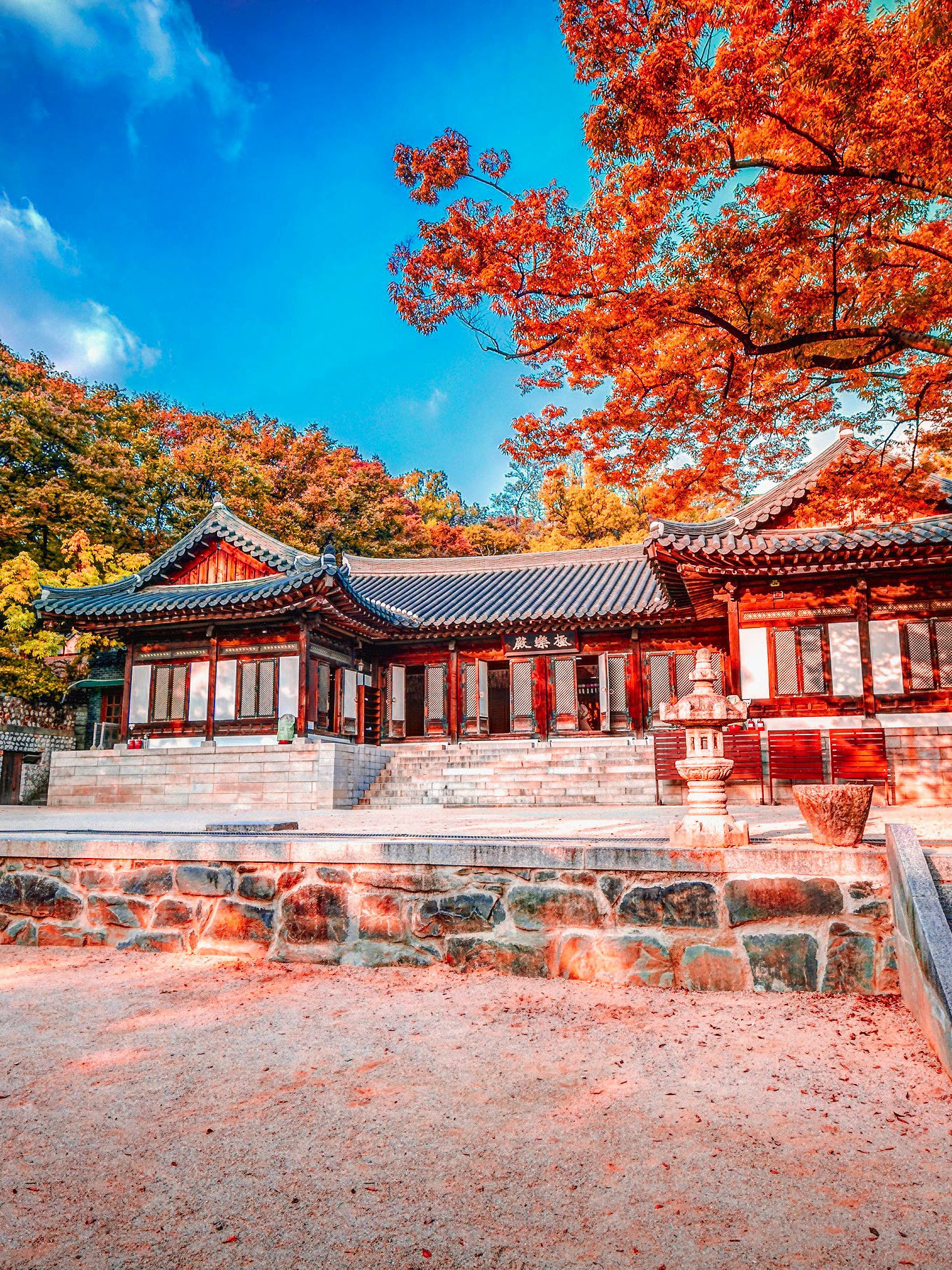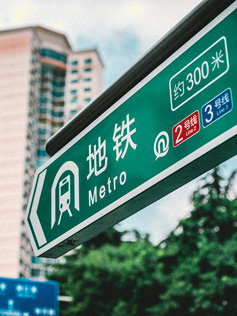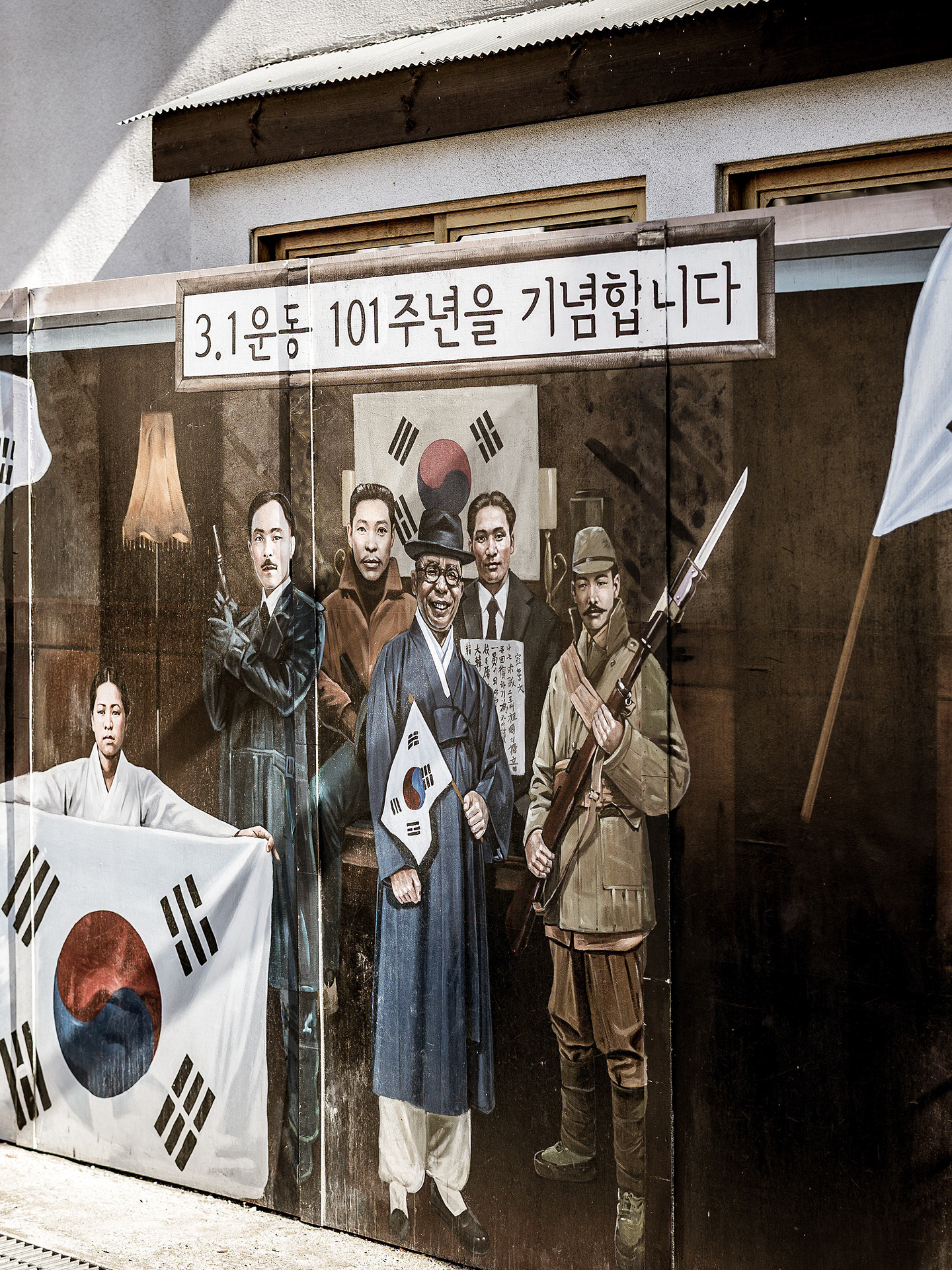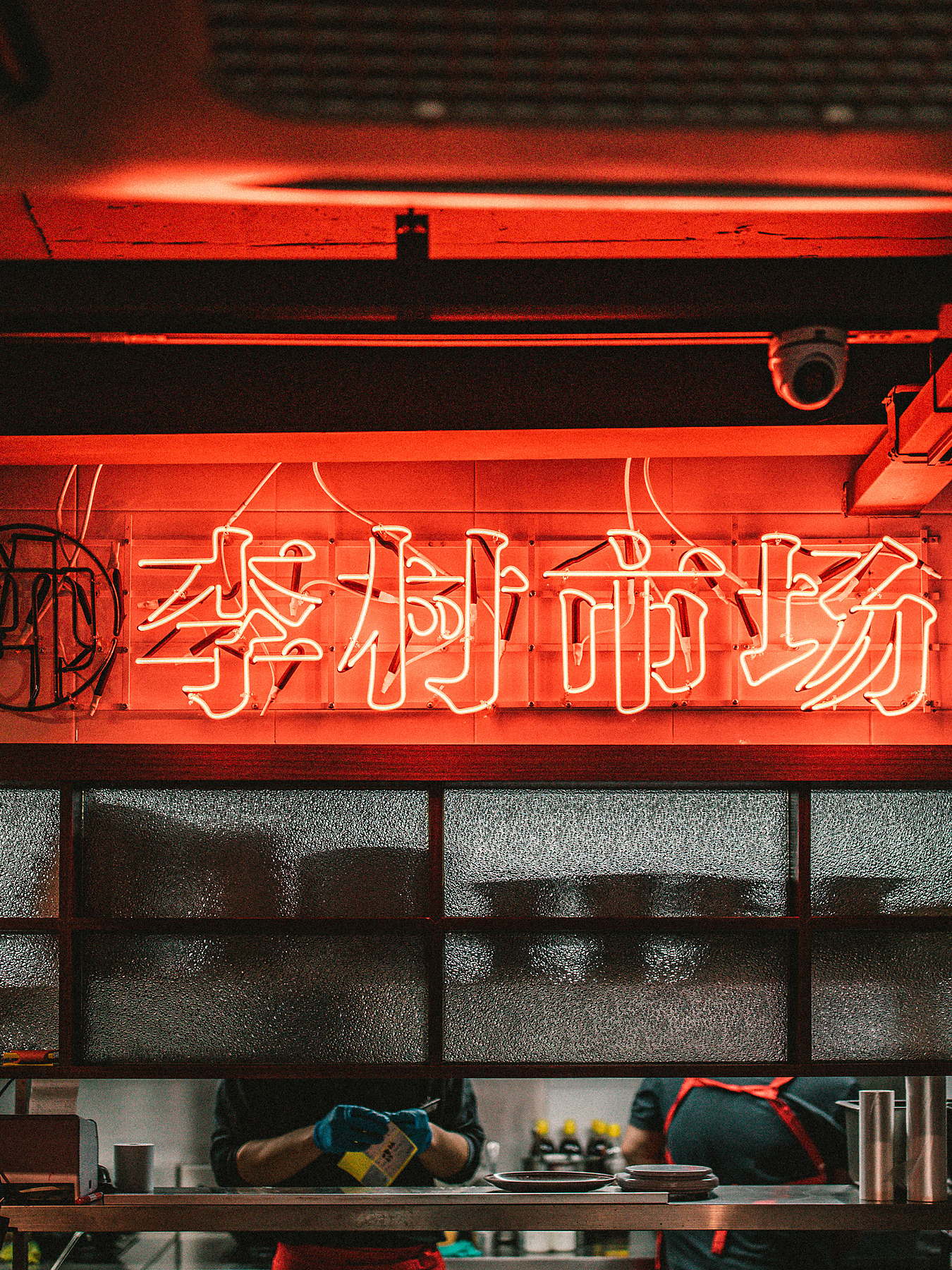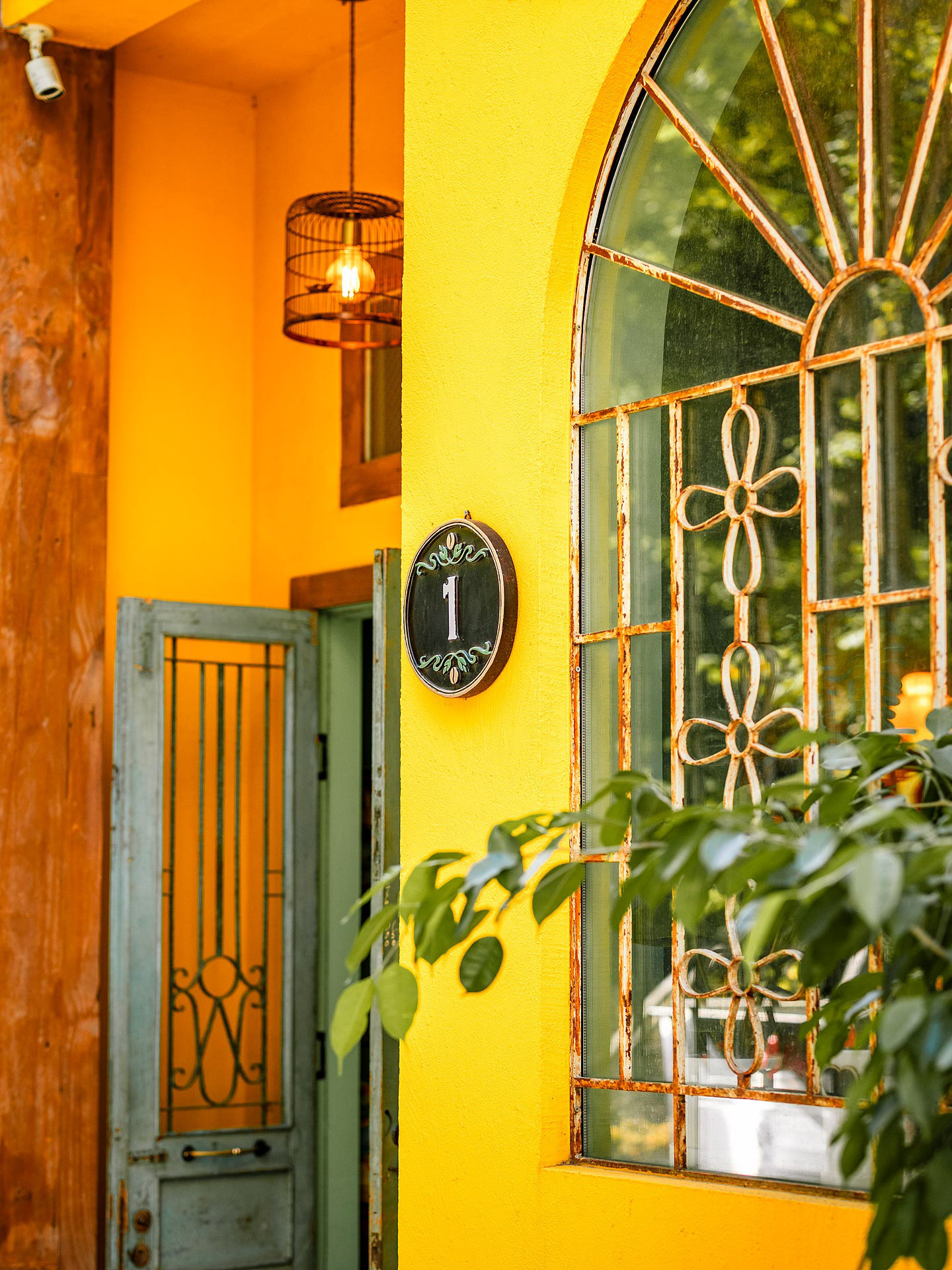인천 차이나타운
.
After the port opened in 1883, Incheon was the first place where the Qing Dynasty and other powers took their first steps. In 1884, the Cheongkuk concession was established, and after that, Russia, the United States, and Japan and other powers flocked. In 1888, the first Western-style park “Freedom Park” was created. Incheon was the gateway to the Korean peninsula until the concession system was abolished during the Japanese occupation in 1914. Although the concession was abolished, people remained. Gonghwachun and Junghwaru were established in Chinatown, which was called'Cheonggwan Street' in the 1920s. After that, Chinatown was one of the busiest cities in the modern and contemporary history of Korea, until ‘Restrictions on Land Ownership for Foreigners’ were implemented in 1967, and Chinese people, who had difficulty doing business, left overseas.
Chinatown history
After the opening of Incheon Port, Chinatown was also called'Cheongguan Street' because Qing Dynasty government offices were crowded. Chinatown was once one of the busiest cities. This is a concession place for many countries around the world, a site of painful history during the Japanese colonial period, and we had to go through a change with important moments of modern and contemporary history.
After the opening of Incheon Port, Chinatown was also called'Cheongguan Street' because Qing Dynasty government offices were crowded. Chinatown was once one of the busiest cities. This is a concession place for many countries around the world, a site of painful history during the Japanese colonial period, and we had to go through a change with important moments of modern and contemporary history.
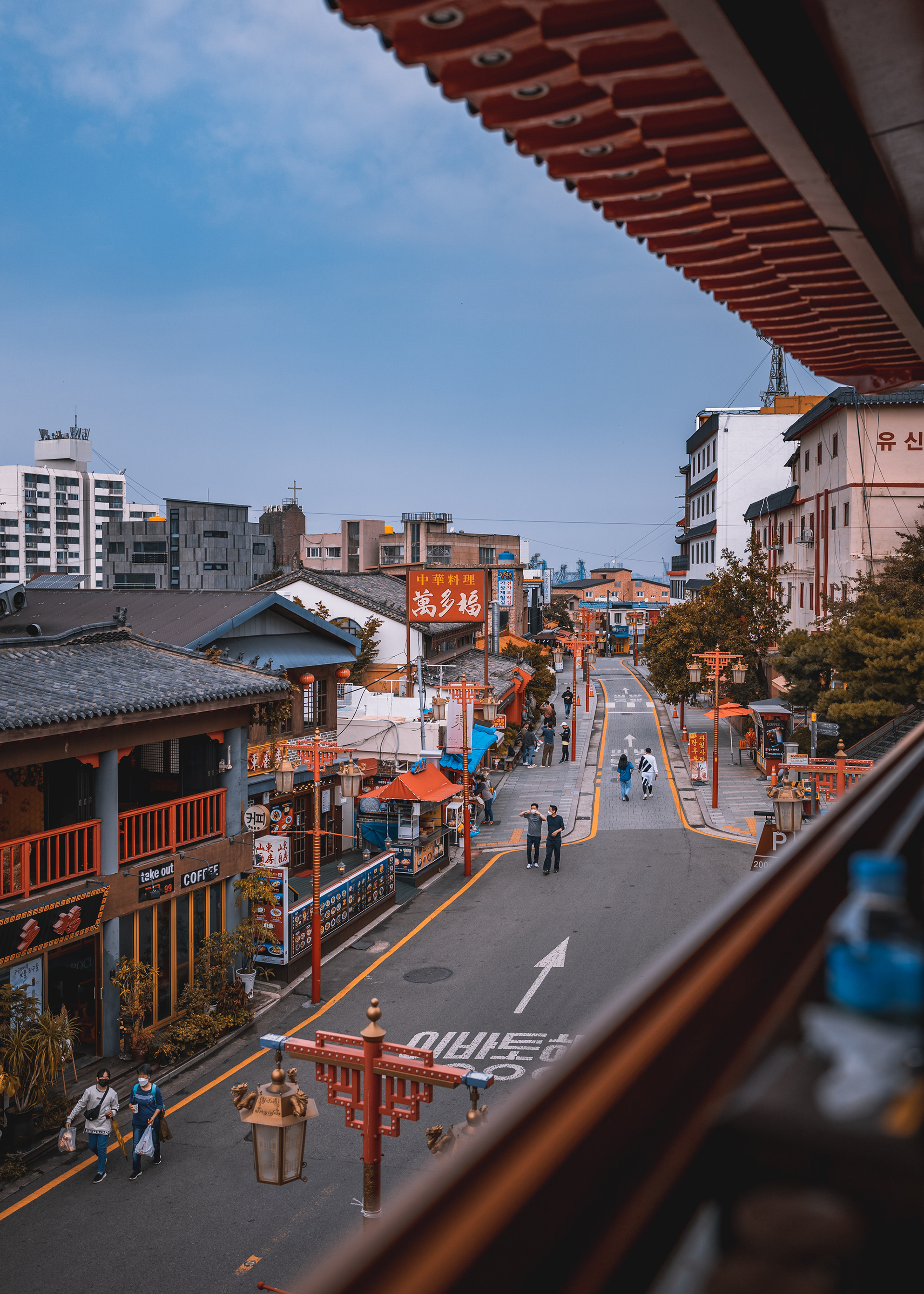
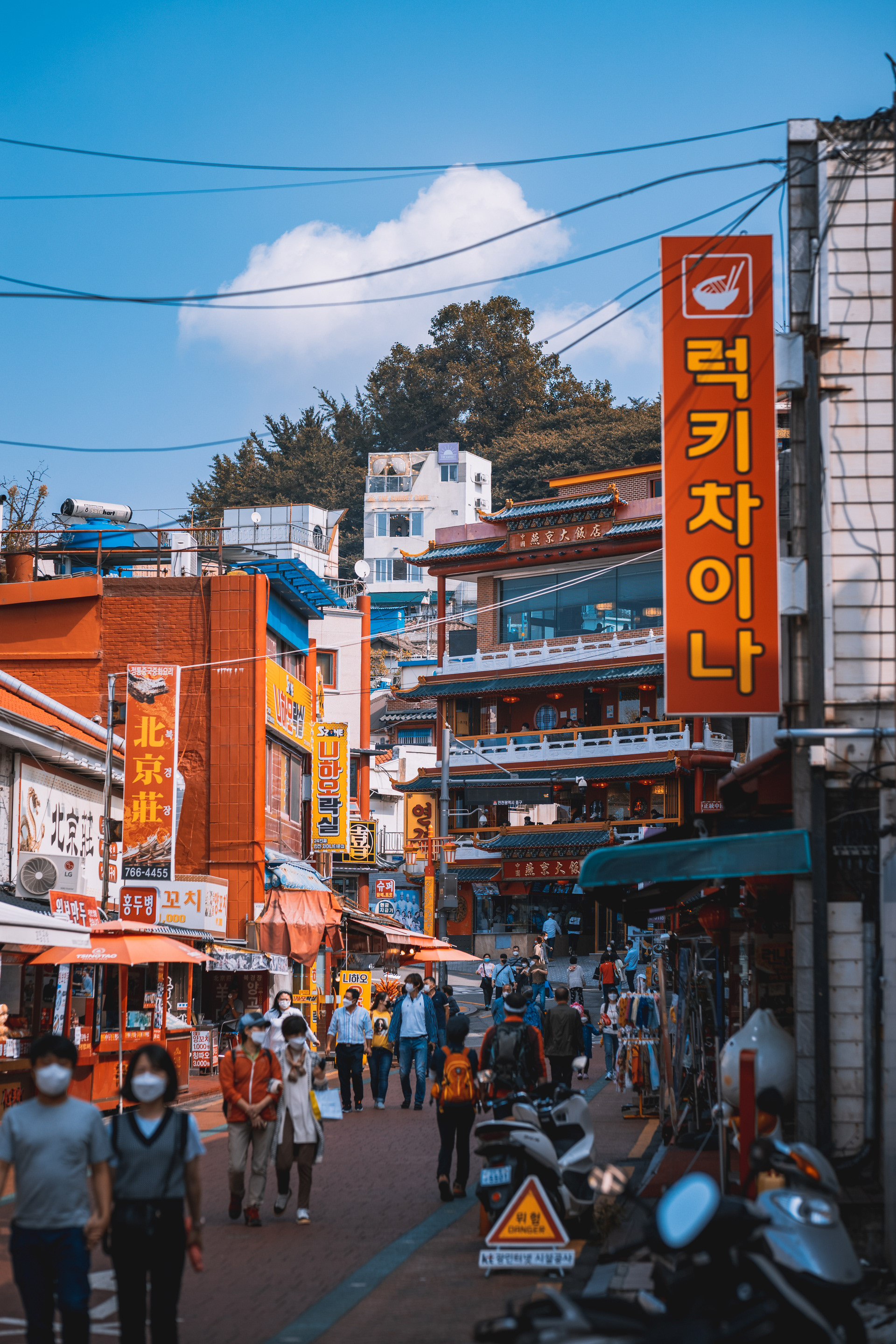
Chinatown is an area where Chinese people intensively live. In Korea, there are Chinatowns in Incheon and Busan. Among them, Incheon Chinatown is Korea's first foreigner village.
The moment you enter Chinatown, you will feel as if you are flying to China. There are many red lanterns and signs written in Chinese characters on a red background.
Chinatown is full of things to see and eat. So, on weekdays and weekends, many people visited and became Incheon's number one tourist attraction. Thanks to this, the streets are always lively.
The moment you enter Chinatown, you will feel as if you are flying to China. There are many red lanterns and signs written in Chinese characters on a red background.
Chinatown is full of things to see and eat. So, on weekdays and weekends, many people visited and became Incheon's number one tourist attraction. Thanks to this, the streets are always lively.
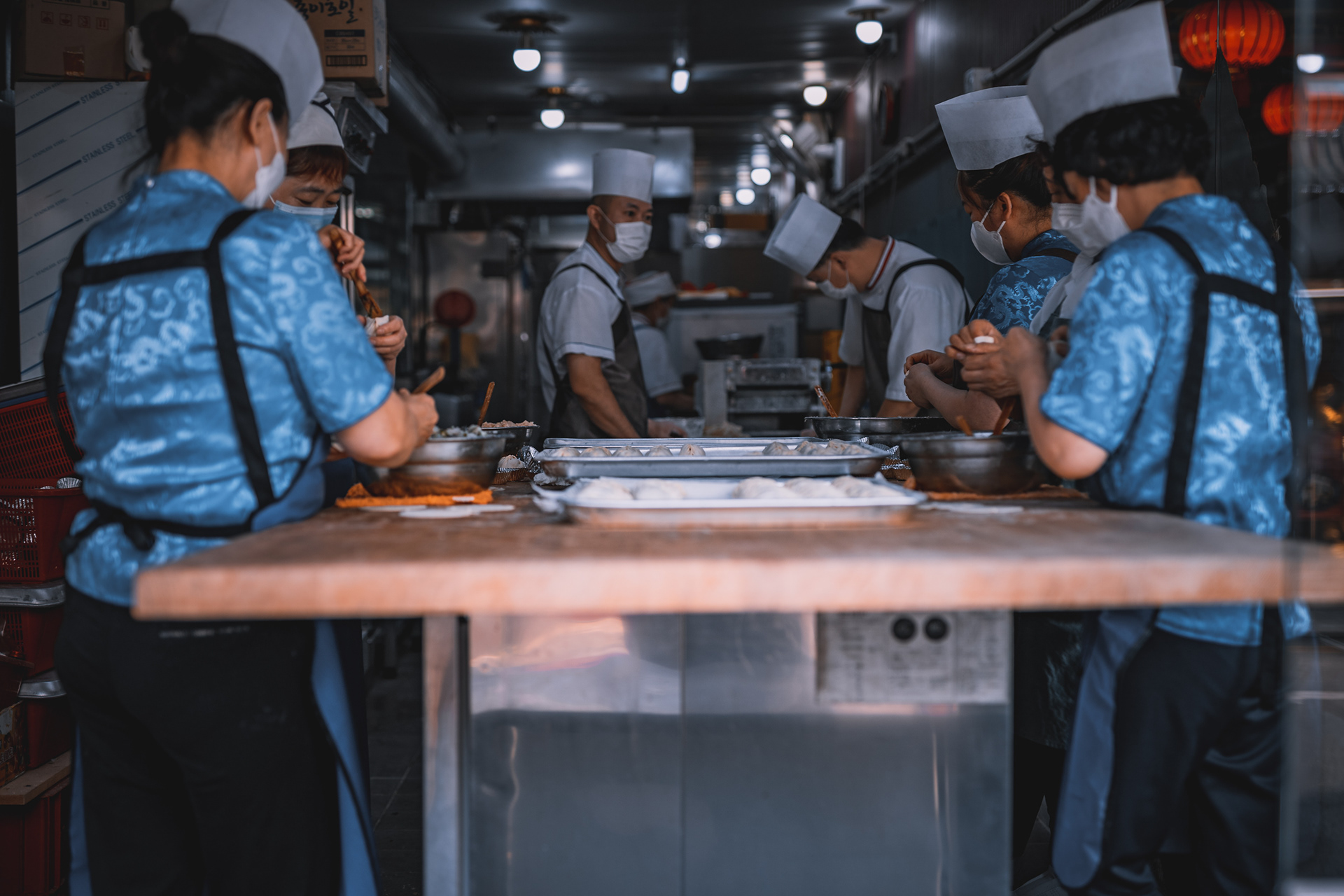

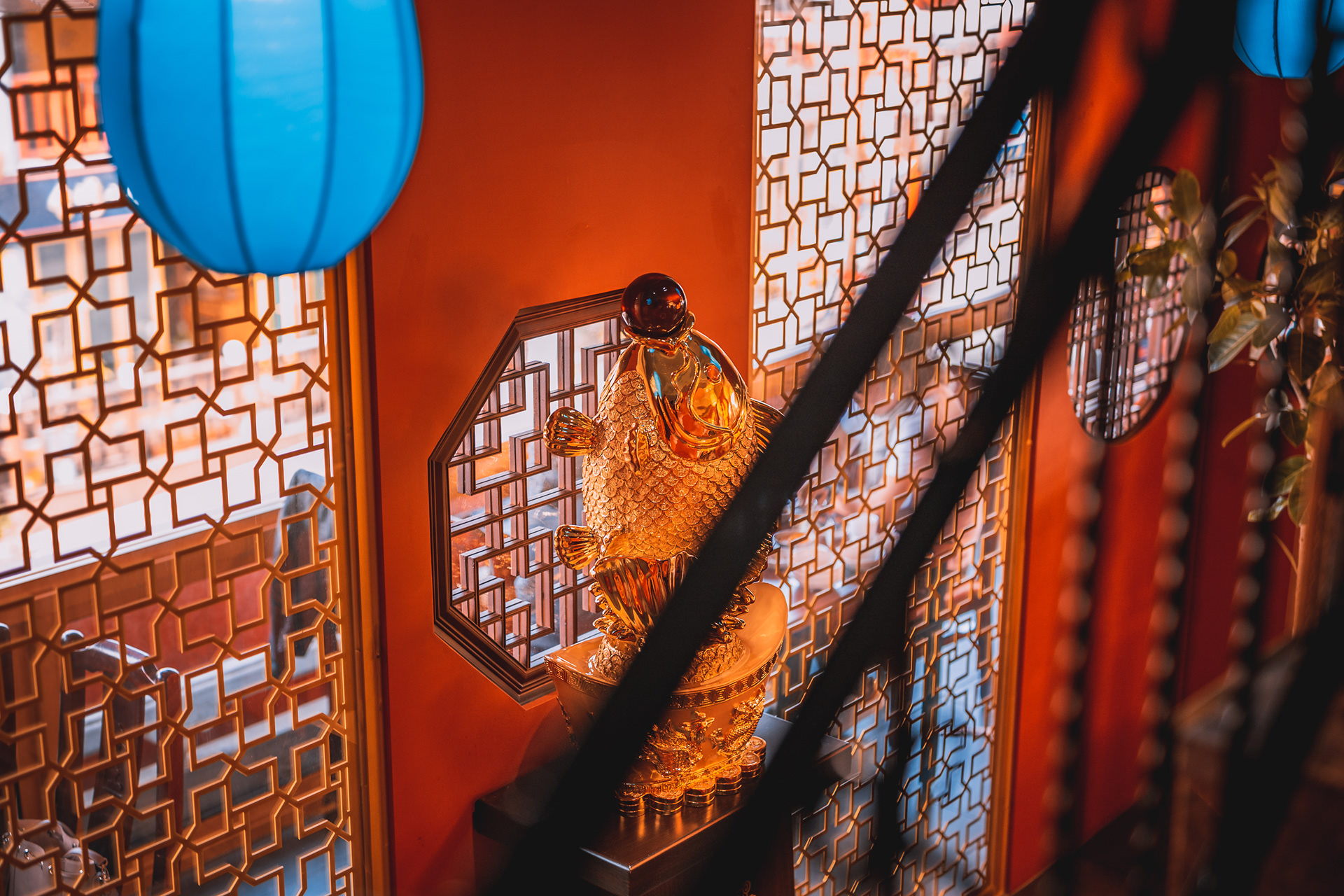
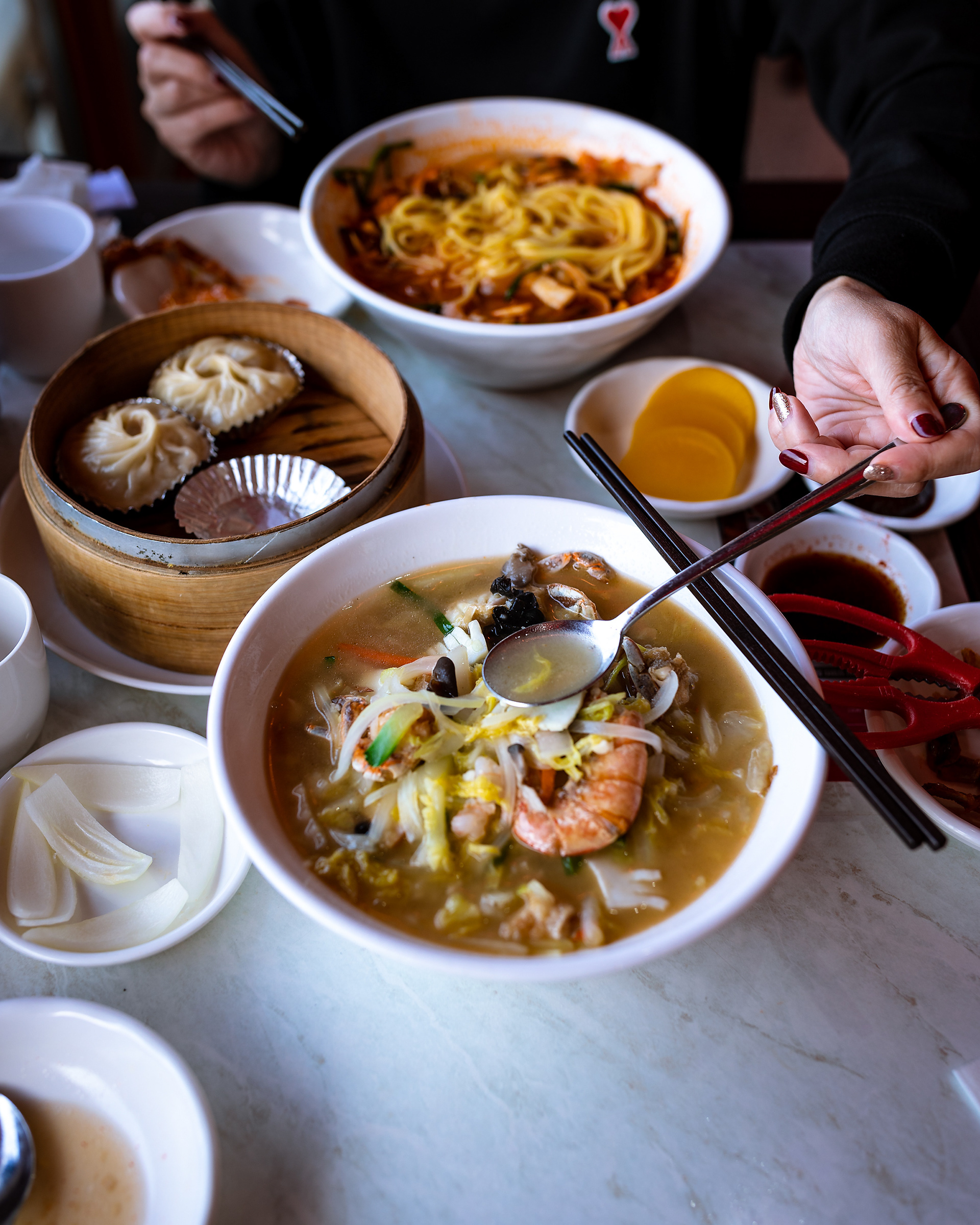

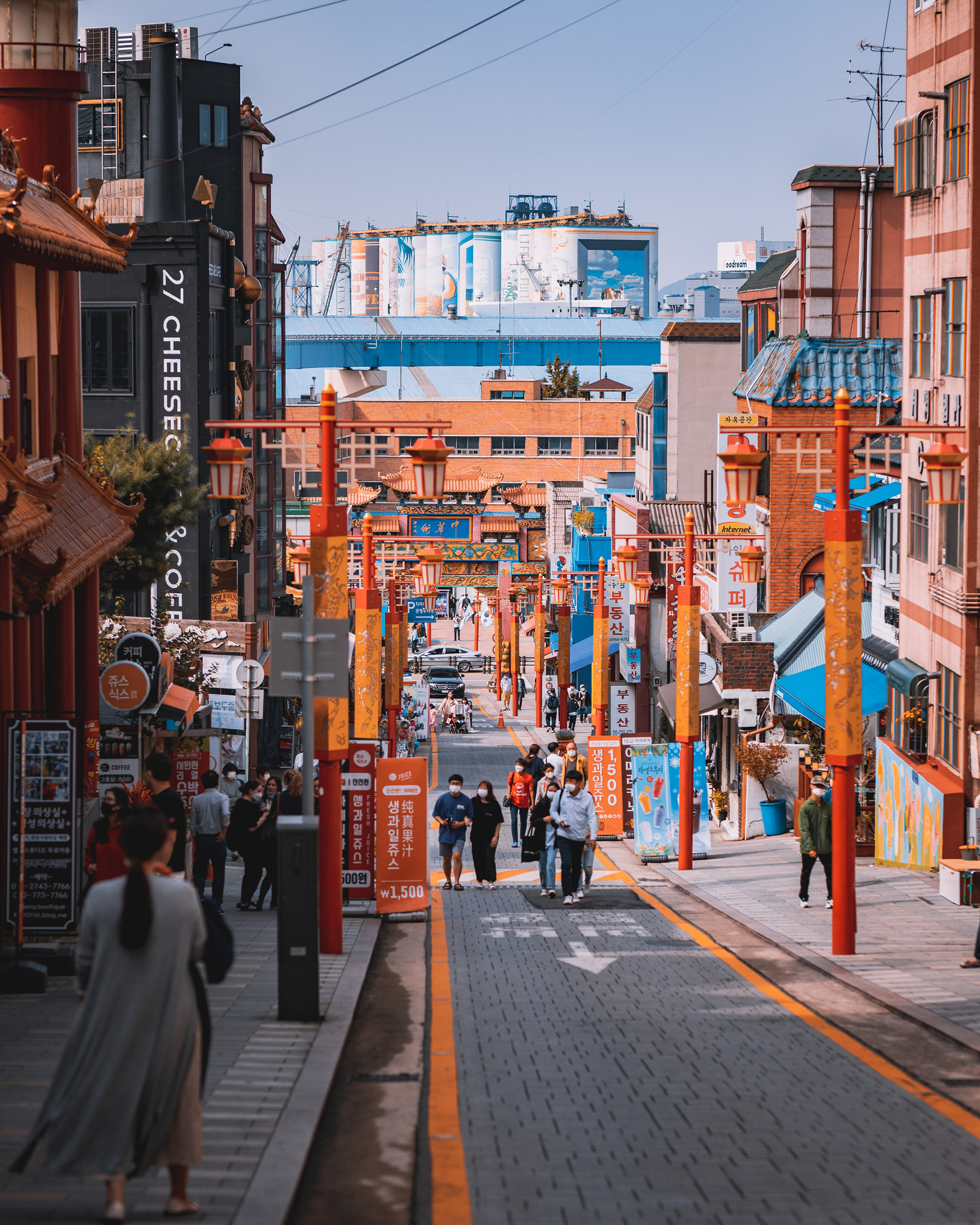
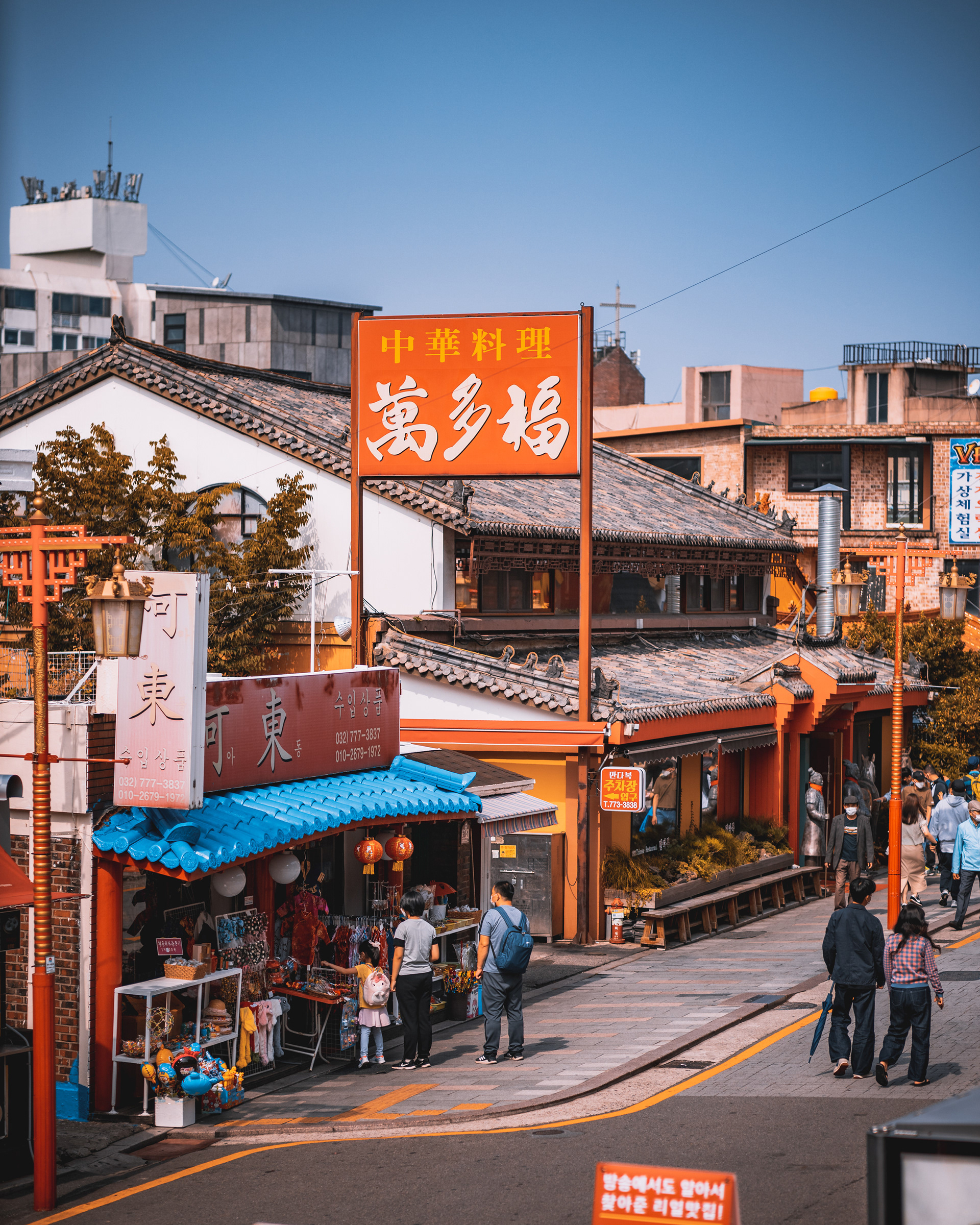
Chinatown is located in Bukseong-dong. In fact, the mainland of Jung-gu, Incheon is also a neighborhood with many foreigners [1]. This was also a measure taken to revitalize the local economy by incorporating foreigners, but thanks to this, some areas, especially near the coastal pier, became slums, so it is difficult to see that there are only positive effects. As the awareness of the fairy tale village immediately adjacent to Chinatown increased, the number of tourists increased again. It can be seen as a successful win-win case.
As Chinatown became a tourist commodity, the city's own efforts to make it a development or traditional place in Jajangmyeon were enormous, and Chinese cuisine is famous. If you look closely, you can eat delicious dumplings and mooncakes, a Chinese holiday food, but the taste seems to vary from person to person.
To fit the name, there are dozens of Chinese cuisine-focused Korean food, Chinese bakeries and cafés in operation, and there are many attractions such as Three Kingdoms Mural Street, Freedom Park, and Fairy Tale Village. If you visit on weekends, you can see tourists filling the streets and people lining up in front of several famous Chinese restaurants. Representative menus include Baekjajang and Baeknyeonjajang (Old Jajangmyeon), and if you order Baeknyeonjajang, you can see the appearance of Chinese Jjajangmyeon (炸醬麪, 炸酱面) and the taste of Korean Jjajangmyeon. It is a little bit saltier than the current Jjajang, has a strong Chunjang taste and is dry. The streets are neat and well organized with a Chinese atmosphere, attracting many tourists. However, the menus of Chinese restaurants are uniform and there are some soliciting activities. Baeknyeon Jjajang and Baek Jjajang can be found anywhere. (Bengnyeon Jjajang is a menu of a Chinese restaurant and is sold only at one restaurant.) All the bakery sells are Penglisu, Mooncake, Nougat Crackers, and Gonggal Bread. There are many types of mooncakes, but this is Daigo, and all bakeries sell the same menu. There are also Turkish ice cream and sugarcane beverage shops that have little to do with China. The appearance of focusing on items that do business well rather than highlighting each feature resembles the problems of other tourist destinations in Korea.
Walking up to the back of Chinatown, there is a statue of General MacArthur.
Walking up to the back of Chinatown, there is a statue of General MacArthur.
